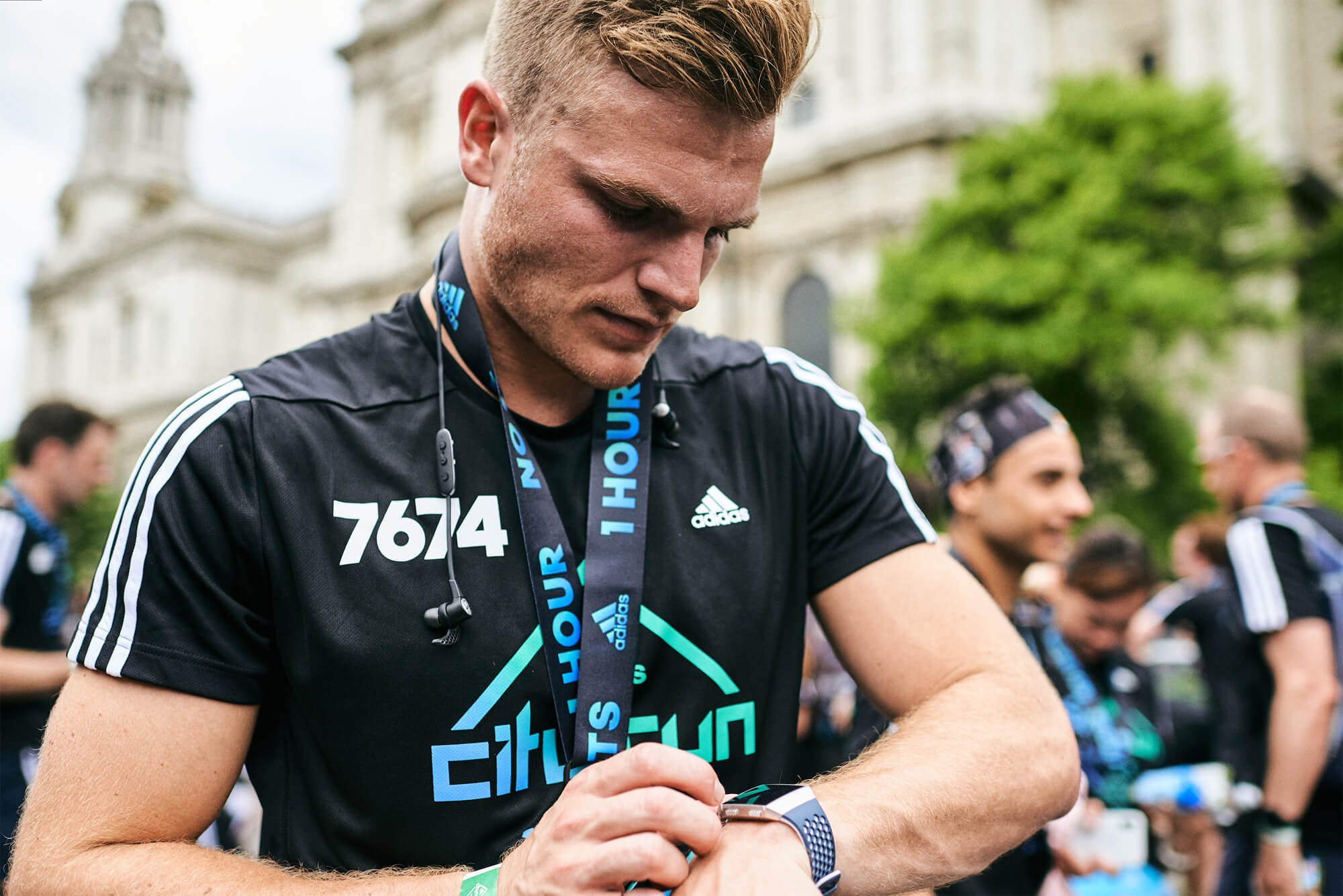
Osiris: it sounds like something mysterious and exotic. In reality, it’s the name of one of the workouts that can be found in the Freeletics Running app (named after an Egyptian god, in case you were wondering).
Workout:
3k – 10-minute rest
200m – 2-minute rest – to be run 10 times.
When you run Osiris, you are challenging two metabolic areas: your aerobic-anaerobic transition region and your anaerobic system.
How to run it:
Doing the 3k interval
The first 3K interval should be run at or slightly above your anaerobic threshold. This run should be challenging, so aim to run slightly faster than your usual 10K pace. If you don’t yet have a 10K PB, push your pace to the point that you wouldn’t be able to talk while running.
After this first interval, you have 10 minutes to recover. This may seem a lot, but you’ll want to be able to perform well during the next intervals, and you should need the time to catch your breath and prepare.
So use the 10 minutes to walk or jog lightly to recover.
Doing your 10 x 200m sprints
Now you need to run the 200m intervals as fast as possible. After the first 3K, you’ll notice that your muscles are not feeling quite so fresh anymore. This is where the mind game begins and you have to be strategic.
Stay focused during your first 200m interval. Focus on keeping up your pace and maintaining a good running style. This will get you through the intervals. Also try to divide your energy up so that you will be able to run the last two intervals faster than the first eight.
Use the breaks to recover. These 10 intervals have a high impact on your VO2max as well as your anaerobic metabolism.
When you come to the last two intervals, really push yourself while maintaining form. This is where the session really counts and you will benefit from it when you reach the last quarter of your next race.
Coach App Personalisation Modifications
Coach users of the app will have the pace given to them by their Coach along with the workout. This pace can either be “moderate” (a challenging pace, but not all-out, running through the breaks but at a slower speed) or “fast” (as fast as you can, running through the breaks at a much slower pace, walking or just standing if necessary).
If you are a long-distance runner and aren’t focused on improving your anaerobic metabolism or, you can run Osiris as a fartlek.
- Start with the 3k run at a fast pace but definitely not flat-out
- Then run through the 10-minute recovery period at your average speed when doing a normal distance run
- When it comes to the 10 x 200m intervals, run them at a fast pace, but not as a sprint. Yes, even if you are a marathon runner, run fast according to your abilities – maybe that’s your 10K pace or slightly faster. Your running economy will benefit from this. Run the 2-minute rests in your normal running speed as before.
For an additional challenge
Regardless whether you run Osiris at a flat-out “fast” pace or as an anaerobic threshold fartlek, try adding hills to the workout to increase your strength endurance. It doesn’t matter if you run the whole workout with hills or just the 200m intervals uphill – your strength endurance will benefit from both. Keep in mind that this variation is ideal for a preparation period or if you plan on participating in a race with a lot of metres to climb.
However you choose to run Osiris, it should challenge your body and your mind. It’s a great way to add variety to your training and to really push your limits. And once you finish, you’ll be wanting more. This is just a small preview of the 12 workouts available in the Freeletics Running app for Coach users. For free users, there are four different gods waiting to be challenged. All will push you past your limits and all will leave you very satisfied after you’ve conquered them. Then there’s just the matter of beating your PB…
For more information on Freeletics, visit the website.






